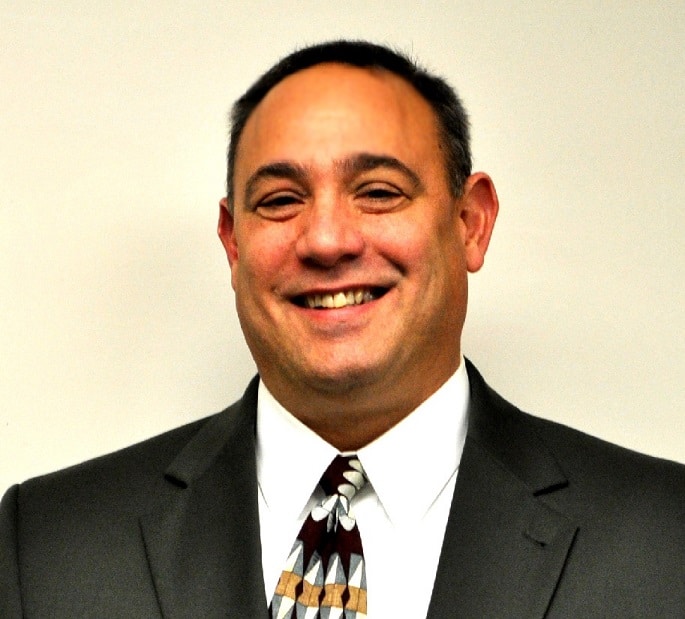The argument grows for laws requiring carbon monoxide monitoring at commercial entities like restaurants and retail outlets.
by John V. Carvalho III
Earlier this year, a carbon monoxide leak in the heating system at a Legal Sea Foods in Huntington Station, N.Y. resulted in the death of a restaurant manager, the hospitalization of another staff member and the need for 26 patrons to be treated at a local hospital. This tragedy sent a shockwave through the restaurant community.
Legal Sea Foods CEO Roger Berkowitz responded by installing carbon monoxide detectors in all Legal Sea Foods restaurants. Yet the question most had was “why didn’t the restaurant have carbon monoxide detectors to begin with?”
Good question. The most obvious answer is that most states do not require restaurants and retail to outlets to have carbon monoxide detectors. Some states do require commercial entitles to have detection systems on site, but those regulations only apply to businesses where the customers sleep, e.g. hotels, nursing homes, universities, etc.
The scary reality of this fact, particularly for staff at these retail and hospitality venues without detectors, is that it doesn’t take much of a leak to have an impact. For example, if your employees work an eight-hour shift in an environment with an unknown carbon monoxide leak with a concentration of 200 parts per million (PPM), they would begin to experience headaches in as little as two to three hours.
Please read the Health Effects of Carbon Monoxide table below:
Health Effects of Carbon Monoxide (CO)
Concentration PPM % Exposure time and symptoms
9 0.0009 Maximum allowed ambient by EPA
35 0.0035 Maximum for 8 hour exposure
200 0.02 Headache in 2 to 3 hours
400 0.04 Life threatening after 3 hours
800 0.08 Dizziness, nausea, convulsion in 45 minutes Death within 2 to 3 hours
1600 0.16 Headache, dizziness, nausea in 20 minutes Death within 1 hour
3200 0.32 Headache, dizziness, nausea in 10 minutes Death in 30 minutes
6400 0.64 Headache, dizziness, nausea in 2 minutes Death in 10 to 15 minutes
12800 1.28 Death in 1 to 3 minutes
Complicating matters even more is that everyone reacts differently to carbon monoxide. Some people fall ill in a fairly short amount of time. For others it can be longer. As was the case at the restaurant, it doesn’t take overnight exposure to carbon monoxide for it to be lethal. In fact, with a high enough concentration of carbon monoxide, somebody browsing in a store for 10 to 15 minutes can be at serious risk, even death.
We recommend a carbon monoxide detection system for any retail store, restaurant, hotel/inn that uses fossil fuel sources such as oil, propane, and natural gas be equipped with a carbon monoxide detector in the basement or boiler room. It is even more important to have a detector if your heating systems employ elbow-shaped pipes. Elbow pipes can be particularly dangerous when there’s a leak because the shape of the pipe will actually slow the flow of the carbon monoxide and create much greater exposure than a straight pipe.
In terms of the types of systems commercial businesses should choose that can vary on the size of the building, the number of people in that building at a given time, etc. It is conceivable that a smaller business could get by with a store-bought, battery-operated carbon monoxide detection system similar to the ones you might have in your home. Yet when you consider the potential risks and the devastating impact one incident can have on a business—even with no fatalities–it just make sense to take that extra precaution for your customers and staff .
One of the recommendations we make with the installation of any gas detection is some sort of maintenance plan. Why? Well, if the gas detection system doesn’t work, you typically find out when someone gets sick or worse. Regrettably, many facilities managers for hospitality and retail outlets go by the mantra that if the gas detection system doesn’t see or read anything other than zero then nothing is wrong.
Unfortunately, you can’t know a gas detection system is working unless it’s tested with the appropriate gases. That’s why it’s critical to work with a certified gas detection company with the appropriate accreditations.
Sure, a maintenance plan is an added expense. But think of the cost of one incident like the one at Legal Sea Foods. For smaller stores, restaurants or hotels, that could be a business-ender.
When you consider the cost for a gas detection system and maintenance plan to potential litigation and bankruptcy, it really is a no-brainer.
John V. Carvalho, III is the president of Apollo Safety, Inc.











